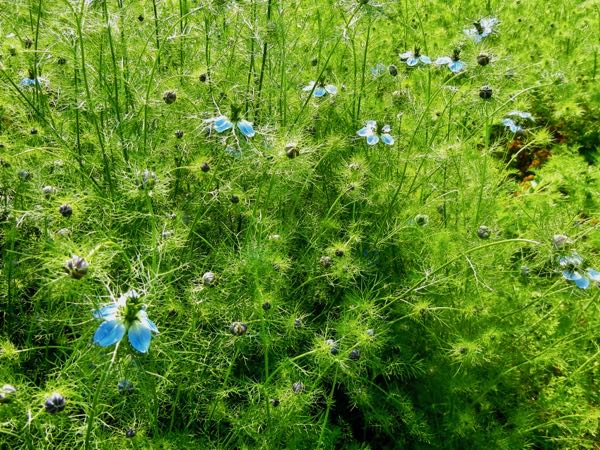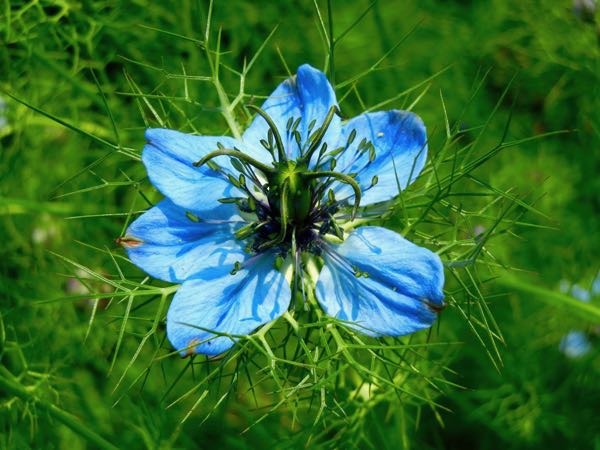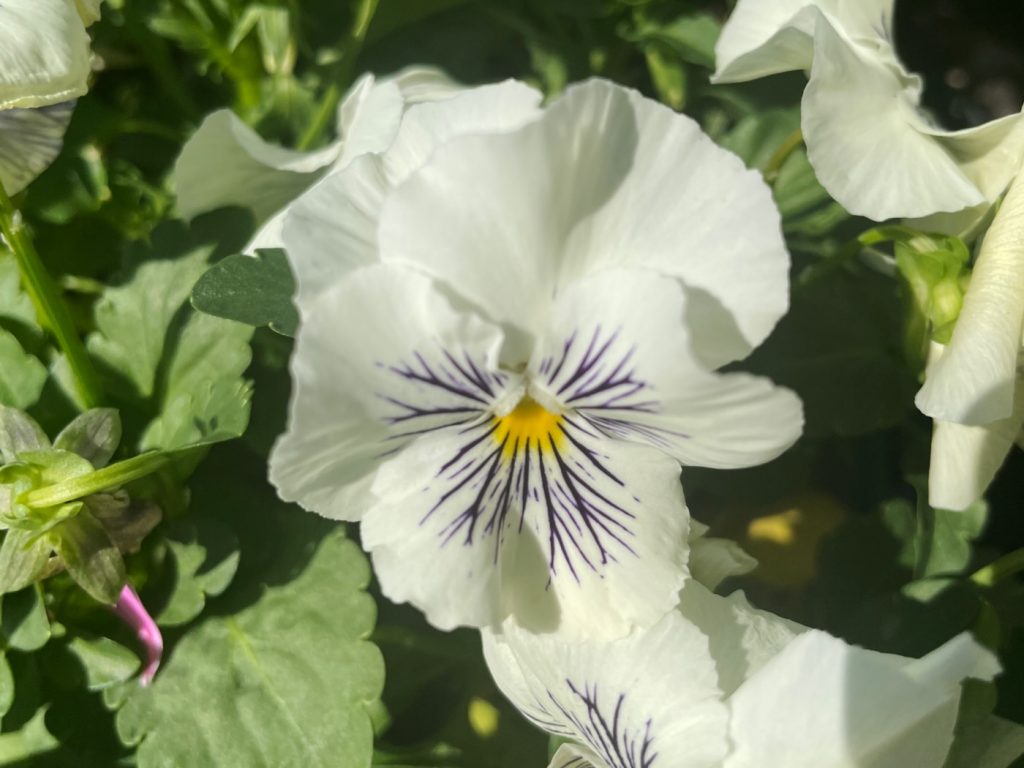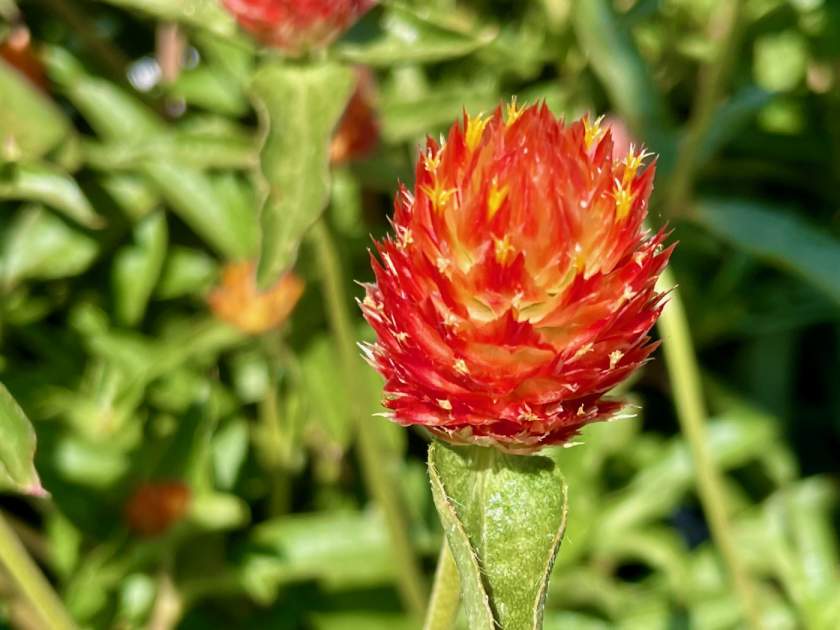Nigella damascena: Unveiling the Beauty of Love-in-a-Mist
Background and Family: Nigella damascena, commonly known as Love-in-a-Mist, Bird’s Nest, Blue Spiderflower, Ragged Lady, and many other names, belongs to the Ranunculaceae family, also known as the Buttercup family. This upright bushy annual is native to Southern Europe, North Africa, and Southwest Asia.
Origin and Discovery: Nigella damascena has a rich history and is widely distributed across various regions. It has been cultivated for centuries and is believed to have originated from Southern Europe, with naturalization occurring in other parts of Europe. The plant has also been discovered in North Africa and Southwest Asia, where it thrives in neglected, damp areas.
Characteristics and Description: Nigella damascena typically grows to a height of 20-50 cm (8-20 inches). It features feathery foliage that is pinnately divided, giving it a delicate and intricate appearance. The plant blooms in early summer, adorning itself with an array of flowers. The most common color of these flowers is various shades of blue, but pink and white species can also be found. The colorful part of the flowers is made up of sepals, while the petals are located at the base of the stamens. After flowering, Nigella damascena produces capsules as fruit, which contain numerous seeds.
Flowers and Fragrance: The flowers of Nigella damascena are enchanting in their appearance. They exhibit delicate shades of blue, captivating the eye with their beauty. However, variations in color, including pink and white, can also be found. The petals of the flowers are minute and clawed, positioned at the base of the stamens. While Nigella damascena does not possess a distinct fragrance or aroma, its unique flowers and foliage add an ethereal touch to any garden or floral arrangement.
Cultivation of Nigella damascena:
Sunlight: Nigella damascena thrives when grown in full sun, although it can tolerate partial shade. In hot climates, it is advisable to provide the plant with some afternoon shade to protect it from excessive heat.
Watering: Regular watering is crucial for Nigella damascena, particularly during hot and dry weather. Deep watering, allowing the soil to dry out slightly between waterings, encourages deep root growth and ensures the plant remains hydrated.
Soil: Nigella damascena prefers well-drained soil. If your soil tends to be heavy clay, adding sand or compost can improve drainage and create an optimal growing environment for the plant.
Pests and Diseases: Nigella damascena is generally resistant to pests and diseases, making it a relatively low-maintenance plant. However, it may occasionally be susceptible to common garden pests like aphids, spider mites, and powdery mildew. Prompt treatment with appropriate insecticidal soap or fungicide can effectively control these issues.
Propagation: Nigella damascena can be propagated through both seeds and division. Seed germination may be slow, so it is best to sow the seeds indoors 6-8 weeks before the last frost. The division is a common method of propagation. To divide Nigella damascena, carefully dig up the plant in either spring or fall, ensuring each divided section has at least one healthy root system. Replant the divisions in their new location and water them well.
Additional Tips:
- Deadheading spent flowers of Nigella damascena promotes continuous blooming, encouraging the plant to produce more flowers.
- This plant is a versatile addition to mixed borders, container gardens, and can also serve as a captivating backdrop for other plants or a striking standalone specimen.
- Nigella damascena seeds are edible and have a nutty flavor. They can be utilized in cooking or even for crafting unique jewelry pieces.
- It is worth noting that Nigella damascena contains a toxic alkaloid in its seeds called Damascenine.
Explore the exquisite allure of Nigella damascena, as its Love-in-a-Mist flowers grace your garden with their enchanting presence. With its delicate foliage, captivating blooms, and versatility in various garden settings, this annual flowering plant is sure to ignite a sense of admiration and fascination.





